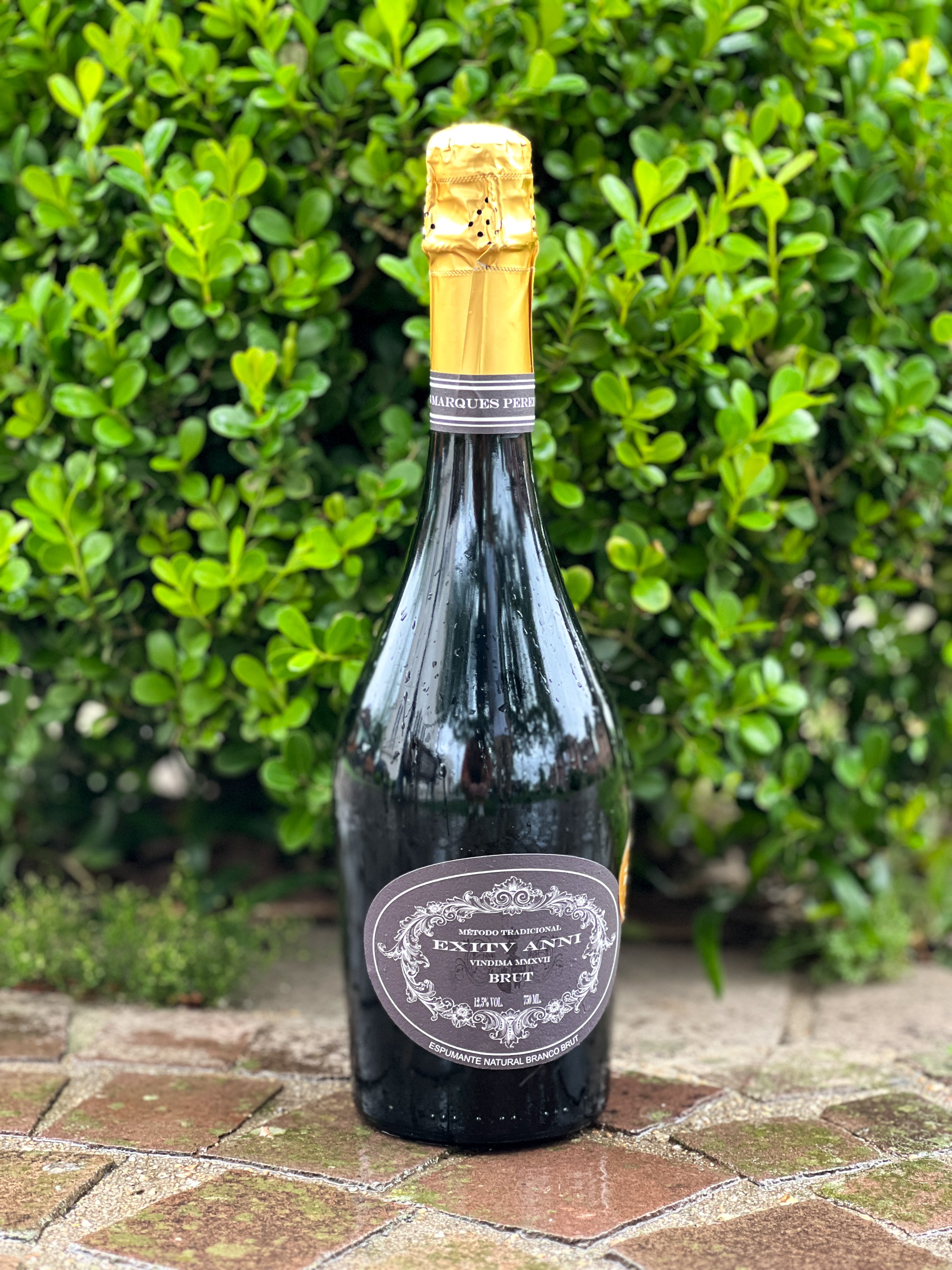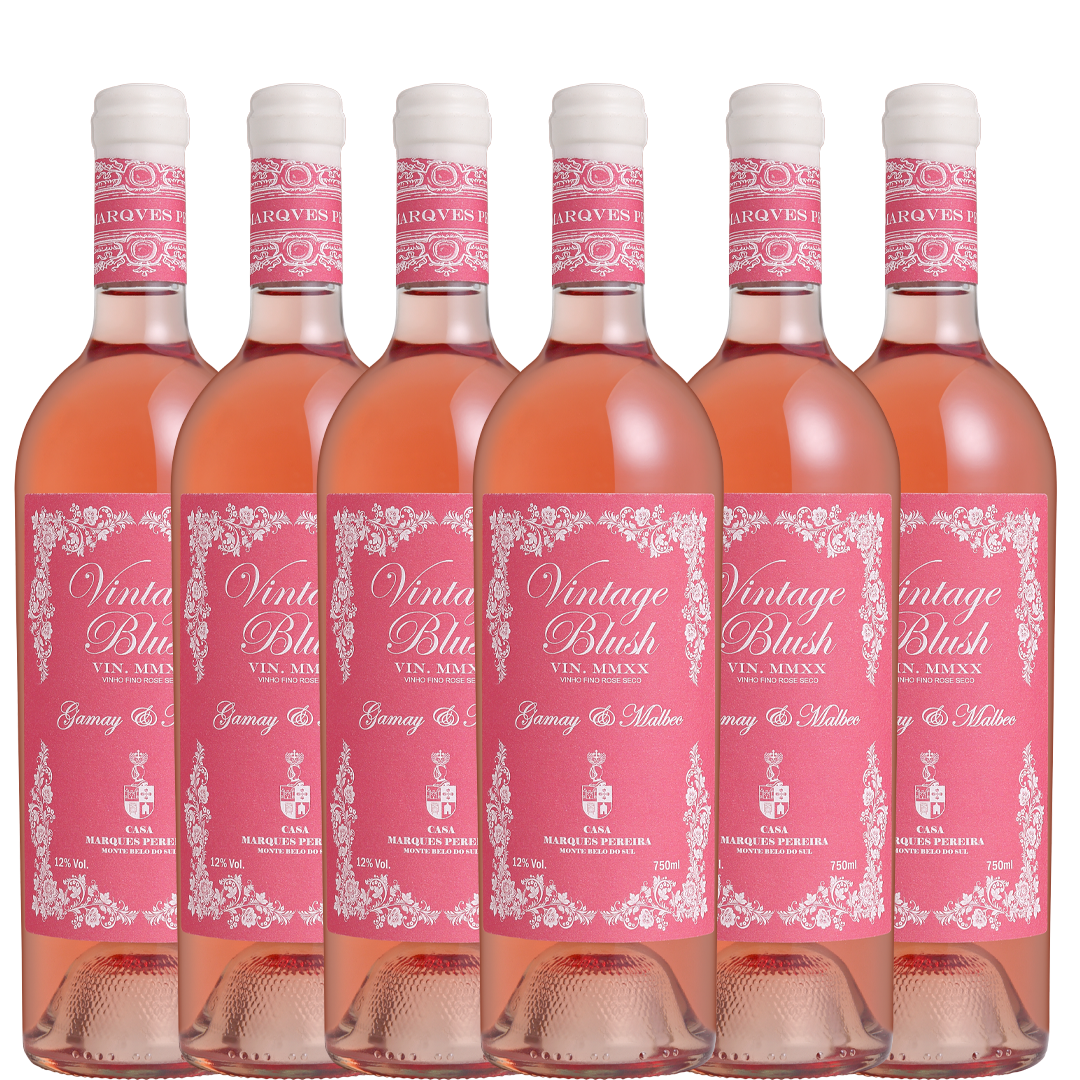Pairing Guide: Meats and Wines
We know that a well-chosen wine can transform a comfort meal into a memorable dinner. To save you time during the selection process and allow you to focus all your attention on achieving the perfect doneness for your meat, we've prepared these fundamental tips for pairing wine with food.
We've talked a few times about how food and wine pairing was an inevitable marriage of pleasures that developed richly throughout history. We can admit that the art of pairing must predate the written records available as a reference. Even though the first lines about pairing appear only between the 7th and 10th centuries, in the Middle Ages, the fascination with wine was already rooted in the European civilizations of Greeks and Etruscans scattered throughout Italy, blessed with abundant hunting and farming; this combination simply had to happen.
These fundamental aspects of European culture would find their way into books in the modern age, with the first clearer rules on food and wine pairing gaining prominence with the French gastronomic school, based on some fundamental principles, among which fish should be served with white wines and red meats should be served with red wines. Even though there is much room for variations and adaptations, as well as an infinite number of variables based on the preparations, seasonings, sauces, and accompaniments of each dish, these primitive guidelines can shed important light on how to unravel this pairing.
Basic rules in harmonization
It's a difficult task to define a definitive guide to pairing meats and wines, for all the reasons we've already discussed, but we can still outline some basic principles to help better understand how each type of cut affects our palate and how we can use wine to enhance its qualities.
Lean Meats with Light Wines: Lean meats generally call for wines with more pronounced acidity, precisely to complement the less succulent texture of the dish. Avoid very tannic or oaky wines.
Fatty Meats with Tannic Wines: Fattier meats or those with very rich sauces tend to demand more from your palate, a perfect opportunity for wines with great structure and pronounced tannins, capable of cleansing your palate and washing away the fat from your tongue between bites.
Maintain intensity: As a rule, always try to keep the intensity of the flavor balanced; dishes with intense flavors and aromas call for wines of the same intensity, otherwise the wine may seem "boring" and get lost in the combination.
Consider the sauce first: Although we consider the cut of meat as a base, the sauces and seasonings used may require some adaptation in the combination. Especially with leaner cuts, more acidic sauces call for fruitier wines, for example.
Types of meat and their combinations
Red meats: Remember what we discussed about the richness of meat. If we consider lean cuts like sirloin, even with acidic sauces, pair them with vibrant wines like Reserva Cabernet Franc . Fattier cuts like ribeye or T-bone call for wines with great structure, such as Segredos da Adega Tannat.
Game Meats: Perhaps the most demanding pairing. Game meats are lean but with a very intense flavor, as well as aroma. Grilled or cooked, they call for wines with equally intense flavors, but with gentler tannins. They pair well with fruity profiles and good acidity, such as the Segredos da Adega Pinot Noir .
Lamb: Generally more delicate than red meats, it calls for a balanced wine with gentle tannins, although it pairs well with Cabernet Sauvignon and Malbec . An important point to note is that lamb usually absorbs more of the seasonings and cooking methods, and this should be taken into consideration.
Pork: Pork is more versatile than red meat, and the same is true for food pairings. Each cut or preparation can be paired with red, white, rosé, and even sparkling wines. It's worth revisiting the basic rules, considering the recipe as a whole. A classic pairing is pork chops with Pinot Noir red wine.
White Meats: Chicken, turkey, and hen follow the same pattern as pork; preparation is fundamental in deciding on a good food pairing. Because they are lean meats, white wines with good acidity, such as the As Torres Chardonnay , are safe bets.
In this pairing, we need the wine to provide all the support so the dish can shine as the main star, even if our beloved beverage is doing the hard work behind the scenes. An important tip is to always choose the wine after deciding what goes into the pan (or on the stove)! Defining the recipe and understanding its flavors and intensity helps narrow down the options and find the ideal partner to enhance the meal. Understanding the basic principles of pairing guarantees unique and sometimes unusual experiences as we always try new combinations; after all, each recipe has its own story, much better told alongside a glass of wine.















